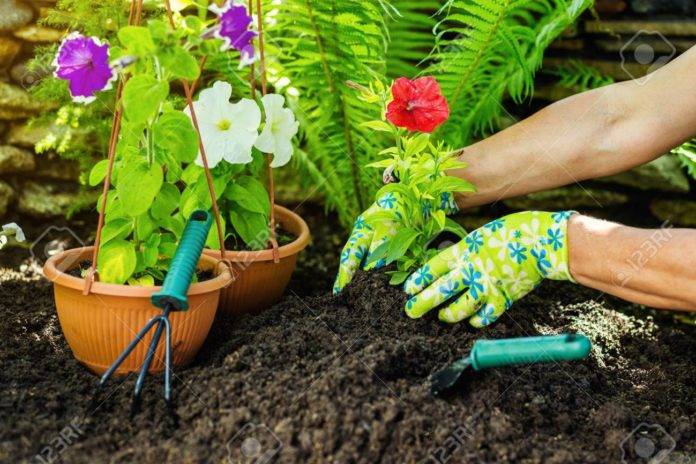
A backyard garden can bring a lot of joy and beauty to your life. It provides a sense of serenity and peace. It’s somewhere you can go in the evening to relax after a long day’s work. But then, come the weekend, you’re likely to find yourself slaving away over your flowers and shrubs. This blog will tell you that Can the Future of Gardening Be Hands-Free.
Maybe someday we’ll have robot gardeners that handle all these tasks for us. But in the meantime, the best we can do is reduce the amount of labor involved. Here are a few ways for future of gardening and to make your gardening as hands-free as possible.
Content Summary
Plant a Lot of Perennials
A lot of popular garden plants are annuals. These plants die off at the end of the season and need to be re-planted every year. That’s a lot of work, particularly if you’re planting new flowers and shrubs for each season.
One way to reduce your workload is to plant perennials. These plants survive through the winter, and continue to grow and blossom for several years. They tend to produce fewer flowers than annuals, because they don’t need to reproduce as urgently. Instead, they put more energy into strong, sturdy roots. That said, they require a lot less maintenance than annuals.
When you’re planting perennials, it’s essential to prep the soil properly beforehand. With annuals or vegetables, you can till the soil every year, fertilize, and add filler like peat moss as needed. Since perennials grow for several years, you won’t have this same opportunity. Make sure to add plenty of peat moss for drainage, and use rich garden soil, not topsoil. This is a little more work on the front end, but it will save you several weekends of work in the years to come.
Perennial Maintenance
As we mentioned, perennials generally require a lot less maintenance than annuals. However, that doesn’t mean they’re 100 percent hands-free. The exact amount of maintenance will depend on a variety of conditions, such as local soil and climate.
There are some tasks that are essential for different perennials. These include dividing, or digging the plant up and splitting the root ball. Deadheading, or cutting off dead blooms, is also helpful, since it will encourage future blossoms to grow. Pruning can be necessary as well, and some plants even need to be cut off at the base before winter.
As we said, not all of these tasks will be necessary for all perennials. Do your research on each plant before you put it in the ground. However, it’s a good idea to fertilize all of your perennials, in order to keep them healthy for years to come.
Install an Automatic Sprinkler System
So, perennials can save you some time, but they’re not truly hands-free. That said, there’s one task that we’re able to automate completely: watering. The cheapest way of doing this is simply to use a perforated hose or a sprinkler. However, this still requires a certain amount of work, whether that means rotating your sprinklers, dragging a hose around, or simply going outside to turn the tap on and off.
An automatic sprinkler system eliminates all of these tasks. You have sprinkler heads installed throughout your lawn and garden, which ensures that every inch of your property is watered. Once you’ve done this, the system runs on its own, and you can forget it even exists.
Victor Owens, chief editor of All the Stuff, believes that automatic sprinklers will become ubiquitous in the coming years, as these sprinkler systems prevent overwatering. How often have you put out a sprinkler, only to forget about it and leave it running all night? With an automated system, you don’t have to worry about wasting water and flooding your lawn.
On a similar note, automated sprinklers can also save you money. This isn’t just due to the fact that they save water. It’s also because you can water at night, or very early in the morning, which isn’t practical with a manual sprinkler. This allows the grass to absorb more water since none of it will be evaporating due to sunlight. It also ensures that your lawn will have time to dry out a bit before anyone is walking on it. As a result, your grass will actually be healthier, greener, and fresher-looking.
You can save even more money by installing a rain sensor in your lawn. A rain sensor detects moisture in the soil and communicates with the sprinkler controller via WiFi. When the lawn is wet, the sprinkler system will not run that day. This saves you money and also allows you to avoid wasting water. When your lawn dries out, the rain sensor will tell the automatic sprinkler controller to resume watering. The best part about this process is that you don’t have to do any work. It’s truly hands-free.








